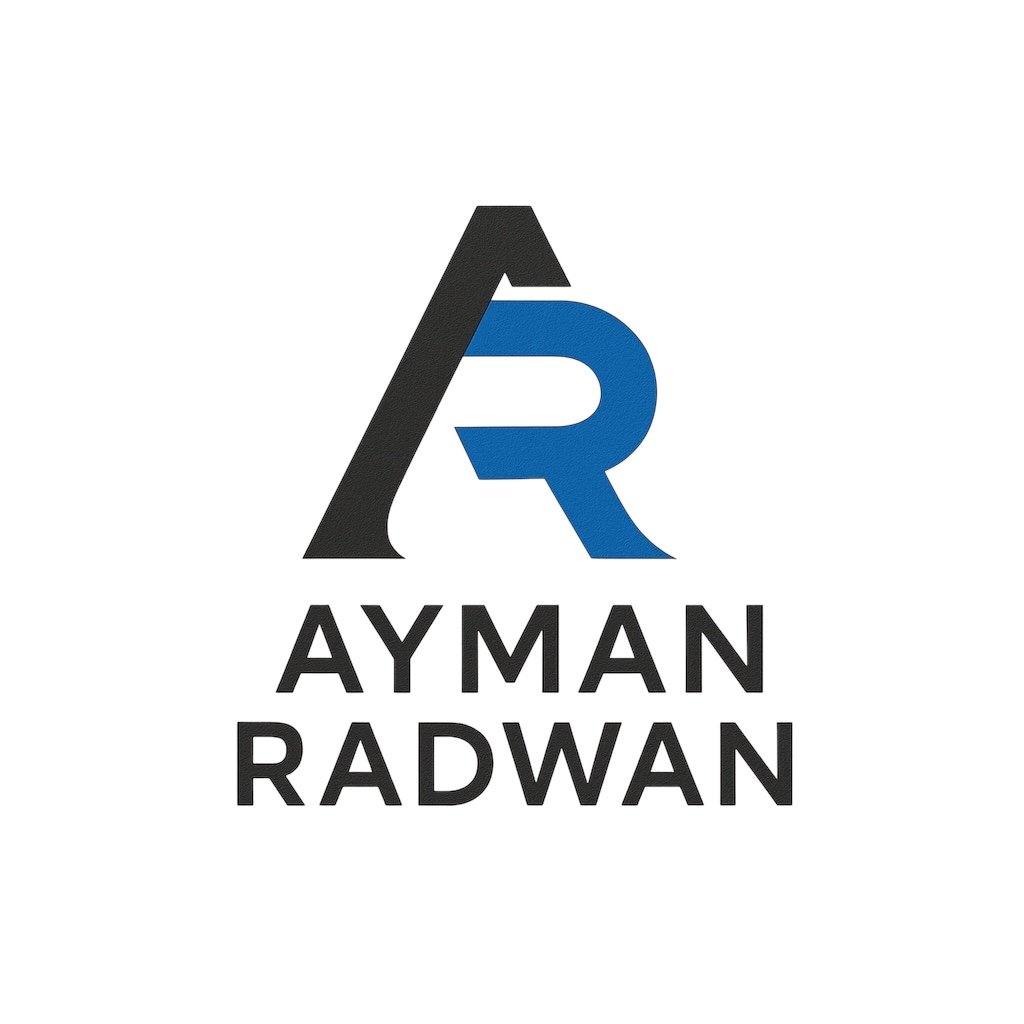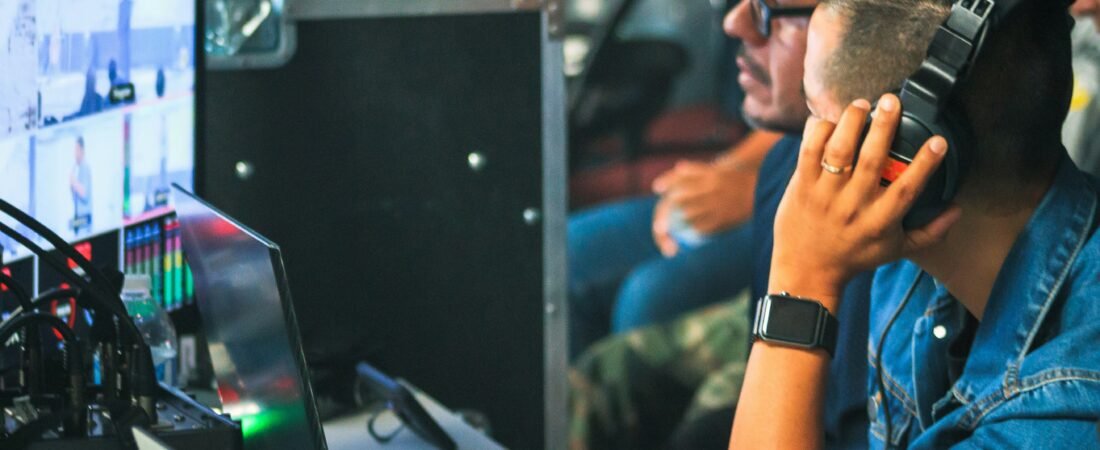Broadcasting isn’t dying — but the way we approach it is broken.
Walk into most broadcast facilities today, and you’ll see a troubling gap. Control rooms still run on a 2005 mindset: one signal, one schedule, chasing mass audiences that no longer exist. Meanwhile, competitors harness AI to deliver personalized experiences, monetize archives, and unlock revenue streams that didn’t exist five years ago.
This gap isn’t just about technology — it’s strategic. And it’s costing broadcasters their future.
The 2005 Mindset That’s Holding Broadcasters Back
Many broadcasters remain stuck in old ways of thinking:
- Free-to-Air Tunnel Vision: Content flows in one direction — from studio to transmitter to home. Digital platforms are treated as an afterthought. As a result, revenue depends on traditional advertising, which streaming has already disrupted.
- Linear-First Operations: Prime time still drives scheduling, ignoring the fact that audiences now watch when and how they want. Content libraries sit idle while competitors find new ways to use similar assets.
- One-Size-Fits-All Advertising: Ads are sold in broad blocks, missing the chance to use data for precise targeting that commands higher rates.
- Archive Graveyards: Valuable heritage content remains unused and undervalued.
- No Digital Integration: Multi-platform distribution means separate workflows, manual handoffs, and disconnected teams.
This approach made sense when broadcasters controlled both content and distribution. However, today it puts them at a serious disadvantage.
The Need to Shift: From Broadcasting to Narrowcasting
Viewers haven’t stopped watching TV content — instead, they have stopped following TV schedules. Therefore, success belongs to broadcasters who connect with specific audiences across many platforms at once.
Change is needed in three key areas:
Content: Turning Archives into Assets
Your content library is valuable — but only if your systems can find, adapt, and distribute it easily.
- Old Way: Physical archives, organized by air date, used only for special events.
- New Way:
- AI helps find and license content
- Automated tagging fits each platform
- Cloud systems create versions for different devices
- Real-time workflows syndicate content quickly
- Old shows and clips reach streaming and global markets
Audience: From Mass to Micro
Viewers want content that fits their interests, delivered on their terms.
- Old Way: One schedule targeting broad groups.
- New Way:
- Schedules change based on real-time data
- Tests and personalization help find what works best
- Audience tracking covers all platforms
- Automated packaging fits different screens and attention spans
Revenue: Expanding Beyond Ads
Money comes from more than just ad spots today.
- Old Way: Ads sold in big demographic blocks.
- New Way:
- Ads target viewers in real time
- Subscription and paywall systems add revenue
- Licensing and merchandising are automated
- Pricing adjusts based on data across platforms
Where Are You Now? The Four Stages of Readiness
Broadcasters usually fall into one of four stages:
- Level 1 — Legacy: Single signal, manual work, revenue depends on ads, archives unused.
- Level 2 — Multi-Platform Manual: Content on many platforms but separate workflows. Some data used. Early digital revenue.
- Level 3 — Automated Integration: Cloud workflows, AI helps with routine tasks, data guides decisions, multiple revenue streams, archives start earning.
- Level 4 — Predictive: AI predicts audience behavior, automates optimization, and finds new revenue. Operations shape business strategy. Archives make steady money.
Moving from Level 1 to 4 is more than tech — it’s survival.
Technology as a Business Tool
Operations teams must think like strategists, not just technicians. Every decision should boost viewers and revenue.
- Cloud Production: Allows global teams to work together, update content instantly, and publish on many platforms at once.
- AI Revenue Tools: Beyond automation, AI finds new sales chances, predicts which content will succeed, and highlights archives for trending topics.
- Data-Driven Choices: Analytics reveal gaps, forecast shifts, and help optimize spending.
- Unified Monetization: Connecting content creation, audience, and revenue in one system maximizes value.
Breaking Down Barriers
Traditionally, teams like production, engineering, programming, sales, and digital work separately. This slows progress and limits growth.
Success comes when:
- Production uses audience data, not just gut feeling
- Engineering focuses on money-making opportunities
- Programming relies on cross-platform results
- Sales get real-time audience info
- Archives actively find content for current trends
Together, these teams deliver better results.
Leading in the New Era
Leaders must change how they measure success:
- From uptime to how long viewers stay
- From cutting costs to growing revenue
- From fixing problems to predicting them
- From creating content once to planning for many uses
The Reality Check
While some broadcasters hesitate, digital natives rewrite the rules. The chance to catch up is shrinking fast.
The Risks:
- Audiences fragment quickly
- Ad dollars shift to platforms that measure better
- Archives hold billions in unused value
- Inefficient operations cost market share
The Opportunity:
- Unique content libraries streaming services want
- Loyal viewers are ready for new experiences
- Expertise paired with modern workflows
- Trusted brands set for premium value
Moving Forward: Transformation Over Transmission
Here’s the plan:
- Check your current state: Be honest about where you stand and what’s missing.
- Focus on revenue: Prioritize changes that increase engagement and money.
- Break silos: Unite teams and goals.
- Use your archives: Treat content as money-makers, not just storage.
- Track what counts: Measure engagement, conversion, and long-term value as well as uptime.
Transformation isn’t optional anymore. Audiences have moved on. Platforms changed. Money models evolved. The real question is: will you move fast enough?
Broadcasting’s future isn’t about better transmission. It’s about smarter transformation.
Those who act now will lead.

